1 Festival Times Five
how the Valley got hooked on big-time summer music fests
by Tom Giffey / photos by Luong Huynh

Dozens of music legends, from Johnny Cash to Aerosmith, have performed on the massive stage in the festival grounds near Cadott.
“It's really a one-of-a-kind festival site. It's so much different than plopping it in a farm field”
Of course Vernon isn’t the first person to strike upon the idea of using the Valley’s verdant season as the backdrop for a music festival. Large-scale fests – complete with big-name performers, massive crowds, not to mention camping, camaraderie, and plenty of beer – have been fixtures of the region’s summer schedule for nearly 30 years.
Back in 1987, four local businessmen founded Chippewa Valley Music Festivals and mounted the first Country Fest, which featured Lee Greenwood, Tanya Tucker, the Nitty Gritty Dirt Band, and others playing to 3,000 fans in a farm field near Cadott. Seven years later, they launched Rock Fest (then called Shake, Rattle and Rock) on the same site with the likes of Guess Who, REO Speedwagon, and Cheap Trick.
Meanwhile, Country Jam popped up near Eau Claire in 1990 with performers such as Alan Jackson, Clint Black, and Tammy Wynette. Jam had its roots in Shake, Rattle and Roll, an oldies fest first held a few years earlier in the parking lot of Fannie Hill and later in a nearby field.
“It was close to town, and it was on the Chippewa River,” County Jam president Jim Bischel said of what is now the Country Jam grounds. “It’s really a one-of-a-kind festival site. It’s so much different than plopping it in a farm field. It pretty much had everything we needed in one location.” While Shake, Rattle and Roll retired, Country Jam is still going strong.
This summer, the Jam grounds are hosting two new festivals: the Vernon-curated Eaux Claires and Blue Ox, an early June gathering where 3,500 muddy but happy campers enjoyed top-notch bluegrass.
The presence of five major multi-day summer music festivals – plus the big Eau Claire Jazz Festival in the spring – makes the Chippewa Valley stand out among peer communities, says Linda John, executive director of Visit Eau Claire. “If you do have places with a major music festival, it’s usually one,” he says. For example, Rhinelander hosts the Hodag Country Music Fest, while Twin Lakes in Kenosha County is the site of Country Thunder. The closest comparison to Eau Claire – at least in Wisconsin – is Oshkosh, which is home to Rock USA, Country USA, and Lifest, a Christian music festival. (Milwaukee, meanwhile, is in a category unto itself: The 11-day Summerfest draws an estimated 900,000 fans.)
So what is it about the Chippewa Valley that makes it conducive to so many big festivals? That question is as hard to answer as the broader question of why this region is so music-rich. Perhaps, as Vernon and others suggest, it has to do with the explosive beauty of the Wisconsin summer stimulating creativity and drawing people outdoors after a long winter. There are more practical explanations as well: There’s our geographic centrality between the massive Twin Cities and Chicago metro areas, and the ease of traveling from these and other populous places on a trio of four-lane highways.
There’s also the long-term reward of early investment. The creation of the Country Fest and Country Jam grounds – within a few years and a few miles of each other – coincided with a rise in the popularity of country music, which helped festival organizers maintain and expand their facilities. Recreating such facilities – with their big stages, massive campgrounds, and other amenities – would be costly to do elsewhere, notes Bob McCoy, president of the Eau Claire Area Chamber of Commerce. In that regard, it makes sense to use these festival grounds more than once a summer.
Another notable aspect of the Valley’s plethora of festivals is the number of genres represented. While the first two festivals to flourish both featured country acts, subsequent fests have added mainstream rock, bluegrass, and indie rock to the mix. Combine that with the Jazz Festival, the Tuesday Night Blues Series, Blues on the Chippewa (running eight years), a new Christian music fest (M.Y. Life Fest), and countless other performances, and music fans of nearly every stripe can find something to please their ears in the Valley.
Perhaps it’s a cliché, but in this case it’s true that success breeds more success. Country Jam’s Bischel points out that Midwest audiences are experienced with the festival experience – the camping, the camaraderie, the endless hours of music – and so don’t need to be sold on the idea. Furthermore, they’ve come to associate fests with the Chippewa Valley. “When people think music festivals, they think Eau Claire, Wisconsin,” he says. “In working with the Eaux Claires people, we hope this enhances what we do, rather than cannibalizes it.”












